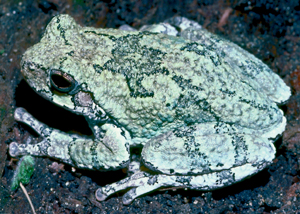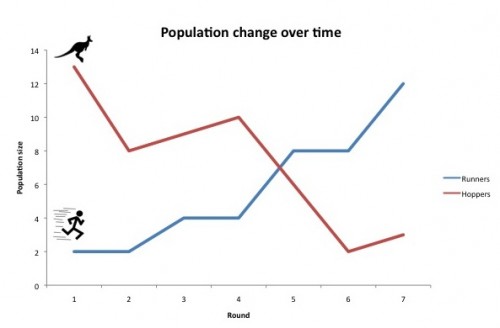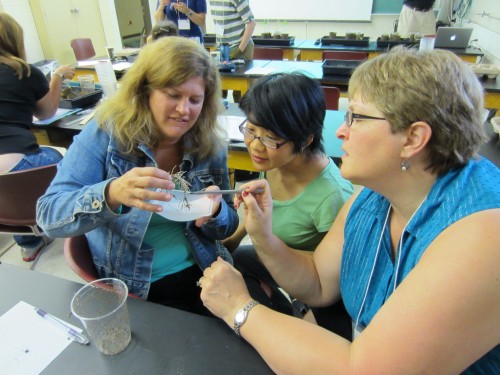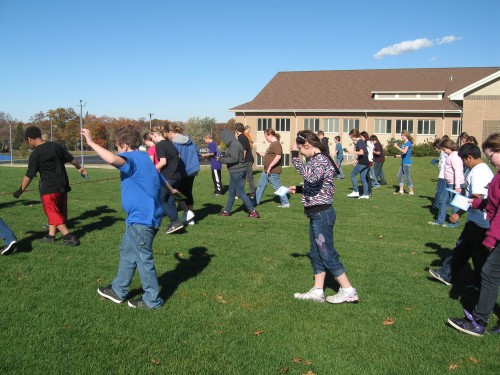
Because they cannot move, plants have developed a diverse range of strategies to spread their genetic material: from producing tasty fruits to entice birds and mammals to encasing seeds in structures that can be carried off by the wind. Small mammals, like squirrels and mice, can be both beneficial and destructive for plant seeds – they serve as dispersal agents, moving seeds far from parent plants and into beneficial habitats, or as predators, consuming seeds before they have had a chance to germinate. Using squirrels as a study system, we will explore importance of squirrel behavior human disturbance influencing seed dispersal.
In this lesson, we discuss dispersal and predation as major forces determining the fate of a seed. We will conduct an experiment where we measure squirrel removal of seeds from a seed trap to determine their activity in a variety of habitats – including forest and open field. Using this data, we will go through the scientific method, from hypothesis generation to conclusion. Students will be introduced to Project Squirrel, a citizen science database where students can submit and explore data on squirrel behavior.
- Understand how traits of a seed help it to disperse in its environment
- Discuss the tradeoffs between remaining need the parent plant or dispersing too far away
- Discuss the tradeoffs between attracting seed dispersers and being susceptible to seed predators
- Generate a hypothesis and prediction, and understand how the experimental design addresses their hypothesis
- Collect data from an experiment and put into a table
- Convert a data table into a figure and draw conclusions
Resources:
Lesson Plan created by GK-12 Fellows Liz Schultheis, Tomomi Suwa, and Jakob Nalley



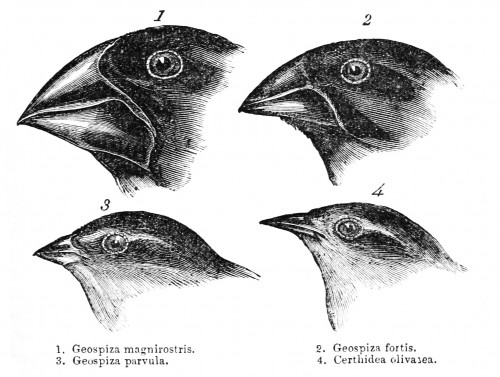
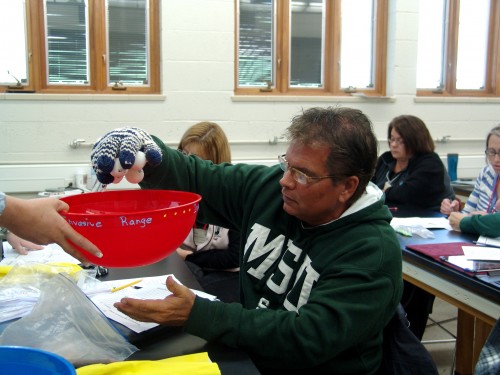

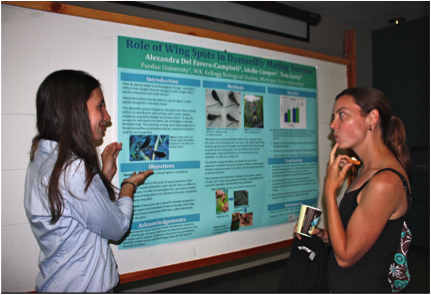
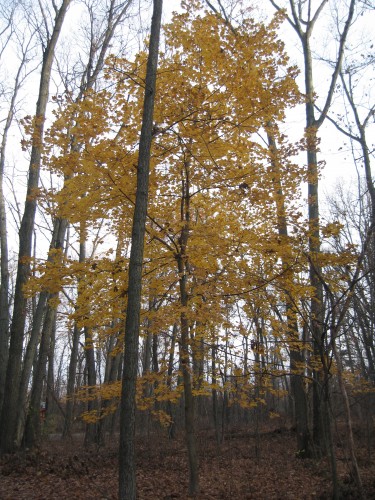
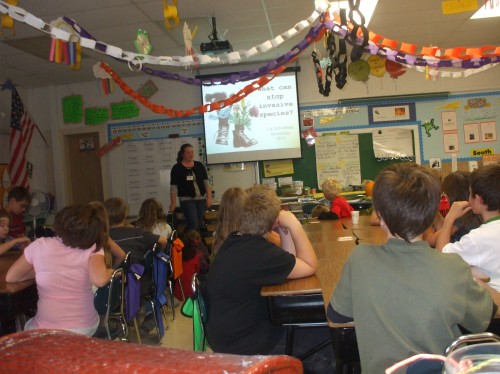

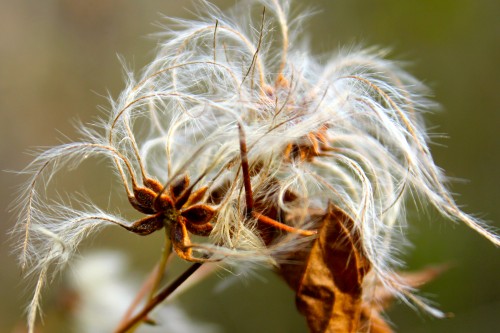
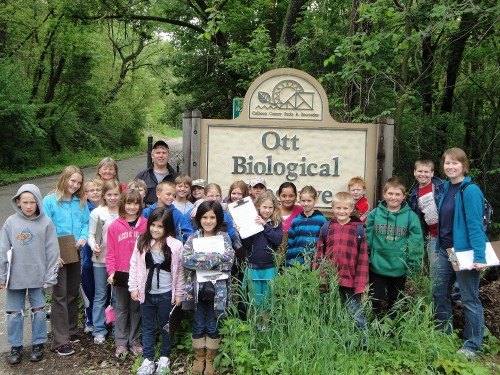
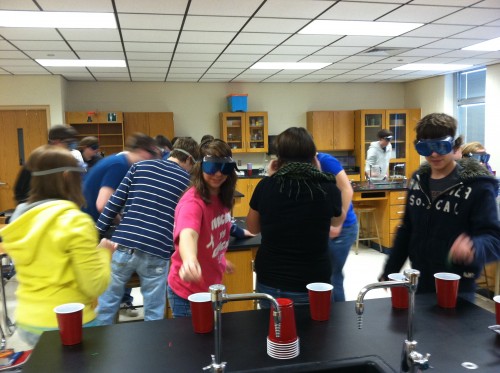
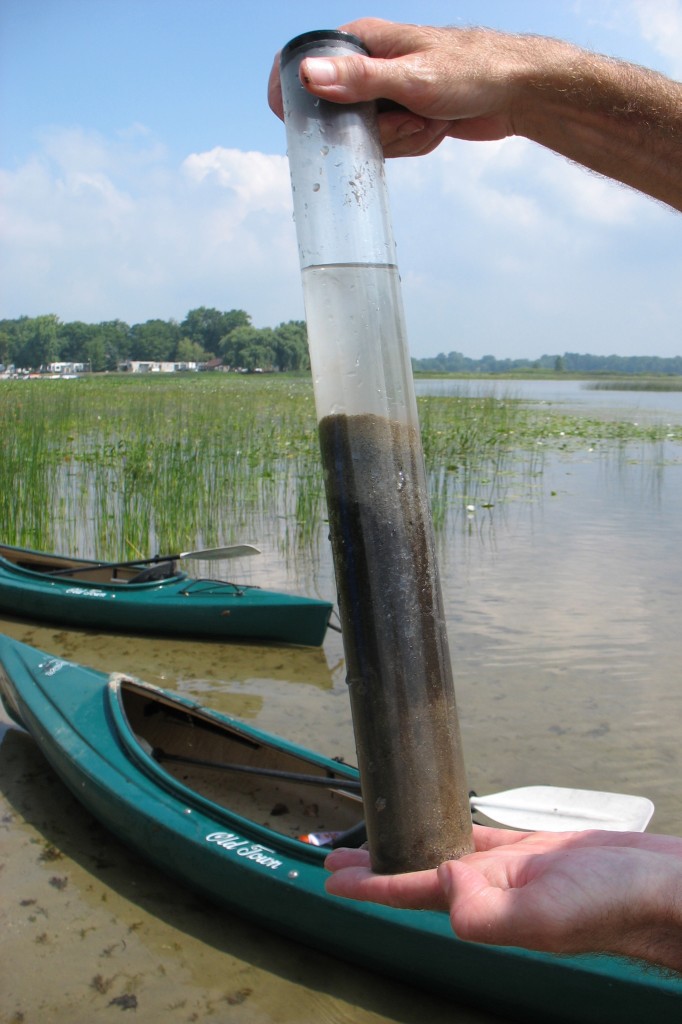 Mud, or sediment, is an active part of aquatic ecosystems. Sediment varies widely within and among ecosystems in its biotic and abiotic characteristics. In many ecosystems sediment can release excess phosphorus (a common aquatic pollutant) into the water column causing internal eutrophication
Mud, or sediment, is an active part of aquatic ecosystems. Sediment varies widely within and among ecosystems in its biotic and abiotic characteristics. In many ecosystems sediment can release excess phosphorus (a common aquatic pollutant) into the water column causing internal eutrophication

